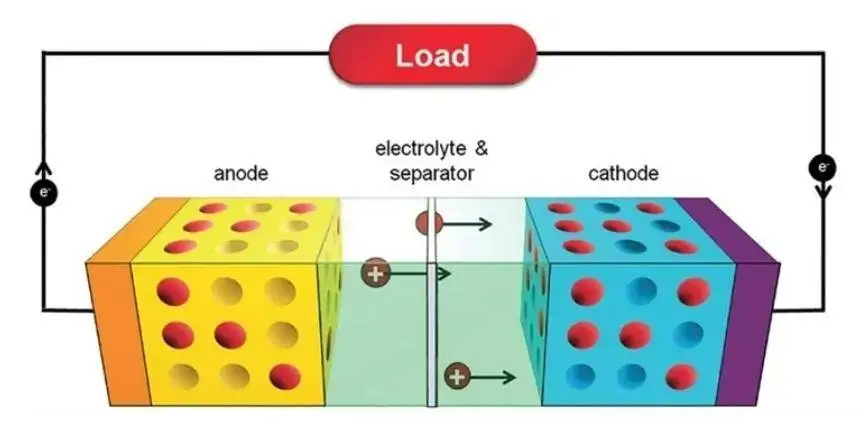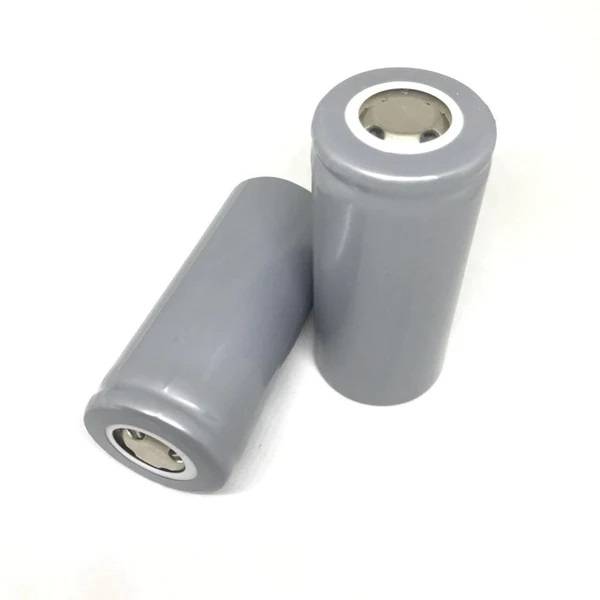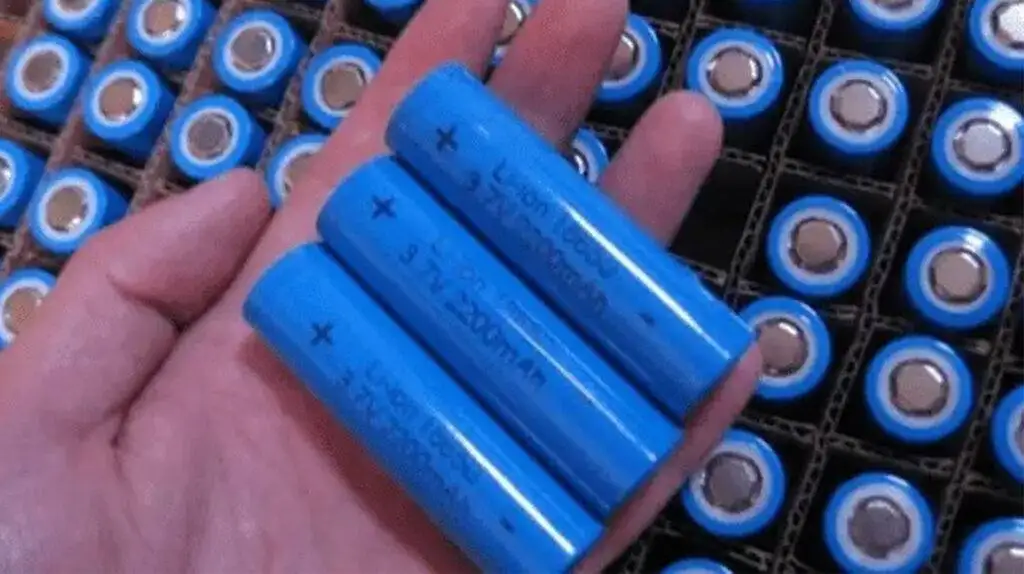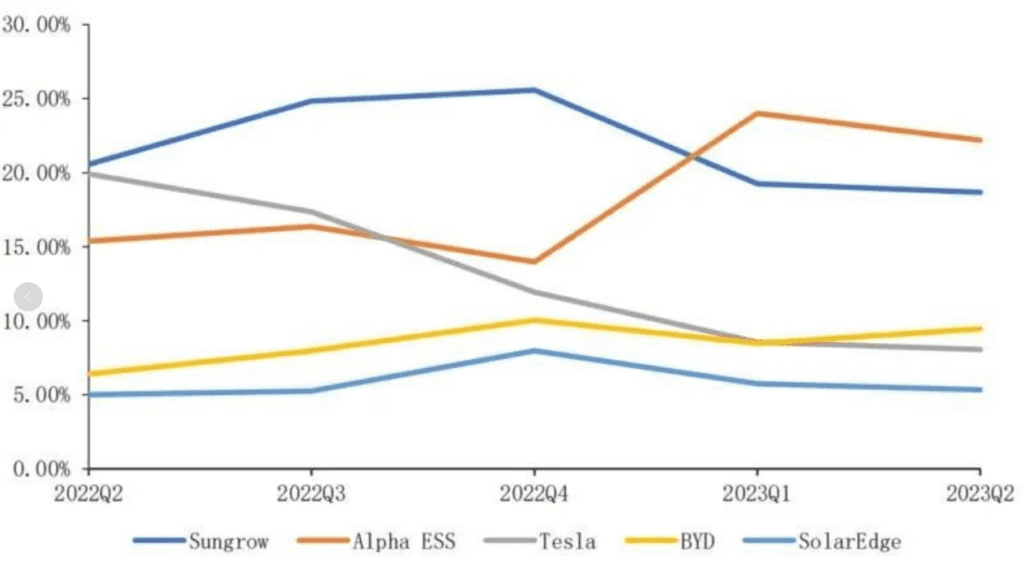Charging a 6-volt battery with a 12-volt charger can be risky if not done correctly. Understanding the implications, methods, and safety precautions is essential for maintaining battery health and preventing damage. This guide will help you navigate the process safely.
What Happens When You Connect a 6 Volt Battery to a 12 Volt Charger?
When you connect a 6-volt battery to a 12-volt charger, the higher voltage can potentially overcharge the battery. This can lead to excessive heat generation, electrolyte boiling, and even battery failure. It is crucial to use appropriate methods to mitigate these risks.
How Can You Safely Charge a 6 Volt Battery with a 12 Volt Charger?
To charge a 6-volt battery using a 12-volt charger safely, follow these steps:
- Use a Resistor: Incorporate a resistor in series with the battery to limit the current flow.
- Monitor Voltage: Regularly check the voltage of the battery during charging to ensure it does not exceed safe levels.
- Charge in Intervals: Allow the battery to rest between charging sessions to prevent overheating.
Charging Method Comparison Chart
| Method | Description | Benefits |
|---|---|---|
| Direct Connection | Connect charger directly to battery | Simple but risky |
| Series Resistor | Use resistor to limit current | Safer charging method |
| Smart Charger | Use charger designed for multiple voltages | Automatically adjusts voltage |
Why is Using a Smart Charger Recommended?
Using a smart charger is highly recommended for charging different voltage batteries because:
- Automatic Voltage Adjustment: Smart chargers can detect the battery’s voltage and adjust accordingly, preventing overcharging.
- Safety Features: Many smart chargers come equipped with safety features like temperature monitoring and automatic shut-off.
- Efficiency: They optimize the charging process, which can prolong battery life.
What Signs Indicate Overcharging?
Overcharging can cause significant damage to your battery. Look for these signs:
- Excessive Heat: The battery feels hot to the touch.
- Swelling or Bulging: Physical deformation indicates internal pressure buildup.
- Electrolyte Leakage: Signs of fluid leaking from the battery casing.
Overcharging Symptoms Chart
| Symptom | Description | Action |
|---|---|---|
| Excessive Heat | Battery feels unusually warm | Disconnect charger immediately |
| Swelling/Bulging | Visible deformation of battery casing | Stop using the battery |
| Electrolyte Leakage | Fluid escaping from the battery | Dispose of properly |
How Can You Prevent Damage When Charging?
To prevent damage when charging, consider these tips:
- Use Correct Voltage Settings: Ensure your charger is set correctly for the type of battery you are charging.
- Charge in a Well-Ventilated Area: This helps dissipate heat generated during charging.
- Regular Maintenance: Keep terminals clean and check for corrosion regularly.
Why is Battery Maintenance Important?
Regular maintenance is crucial for extending the lifespan of your batteries. By ensuring proper connections, checking fluid levels (for lead-acid batteries), and keeping them clean, you can prevent issues that lead to overheating or failure.
Industrial News
Recent advancements in battery technology have focused on improving smart chargers that can handle multiple voltages safely. Innovations include enhanced safety features that minimize risks associated with overcharging and overheating. Additionally, manufacturers are developing more robust batteries that can withstand higher charge rates without compromising safety or performance.
Redway Expert Insights
“Charging a lower voltage battery with a higher voltage charger requires caution and understanding of electrical principles. Using smart chargers designed for this purpose not only enhances safety but also optimizes performance. Always monitor your batteries closely during charging to prevent potential hazards.”
FAQ Section
Q1: Can I charge my 6-volt battery directly with a 12-volt charger?
A1: It’s not recommended without precautions like using a resistor or smart charger due to the risk of overcharging.Q2: What should I do if my battery overheats while charging?
A2: Immediately disconnect it from the charger and allow it to cool down before further inspection.Q3: How often should I check my battery while charging?
A3: Regular checks every 15-30 minutes are advisable to monitor voltage and temperature.












